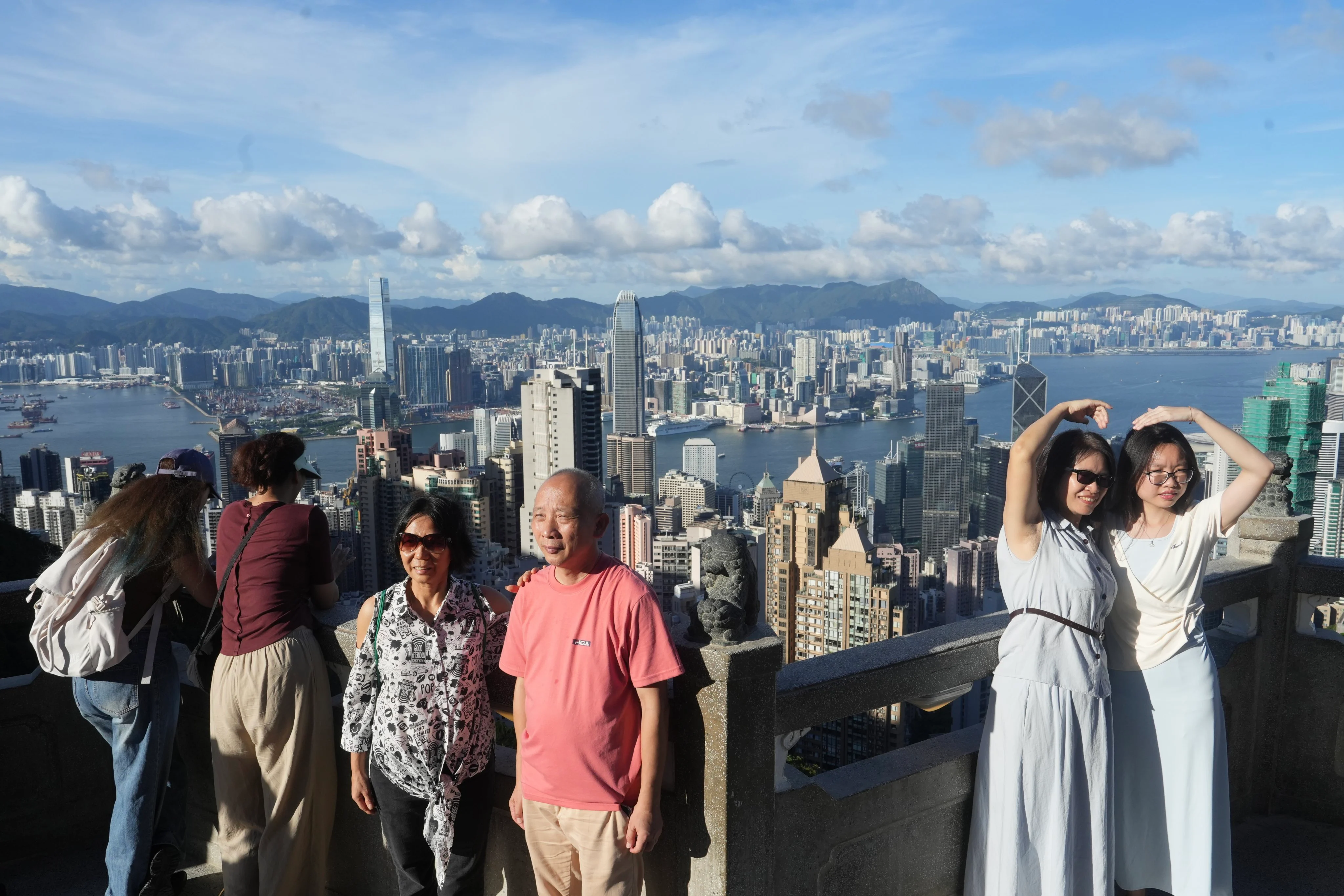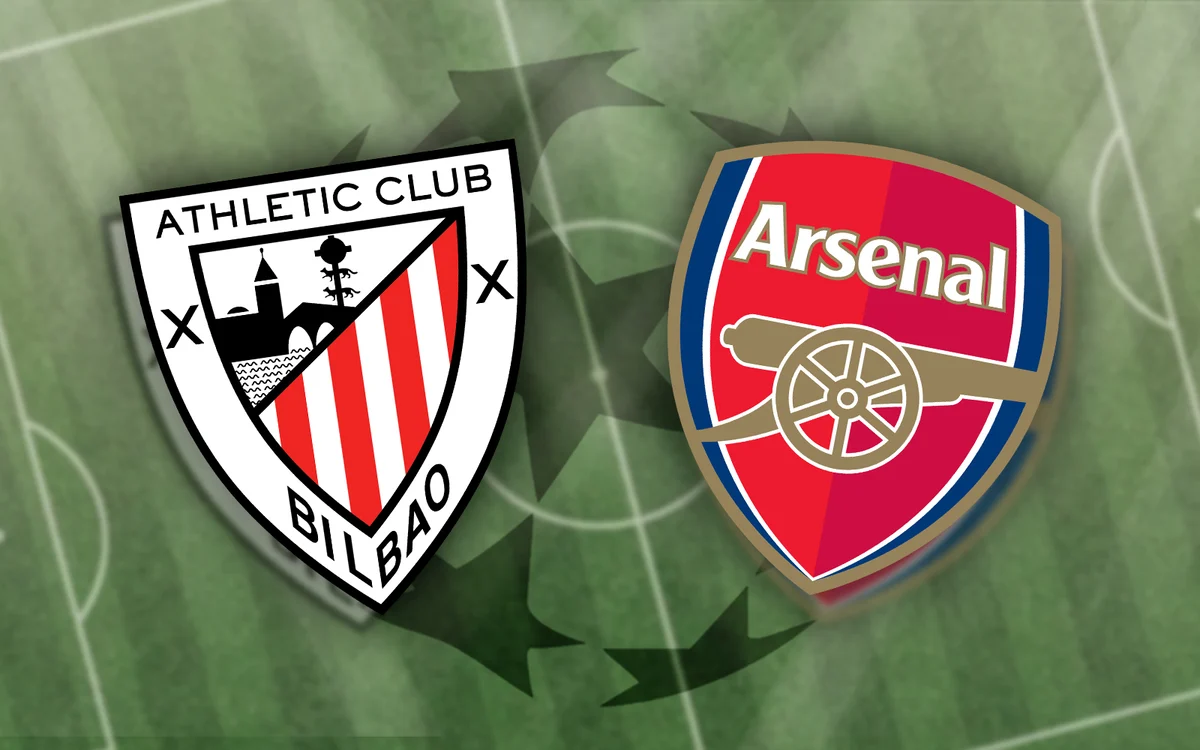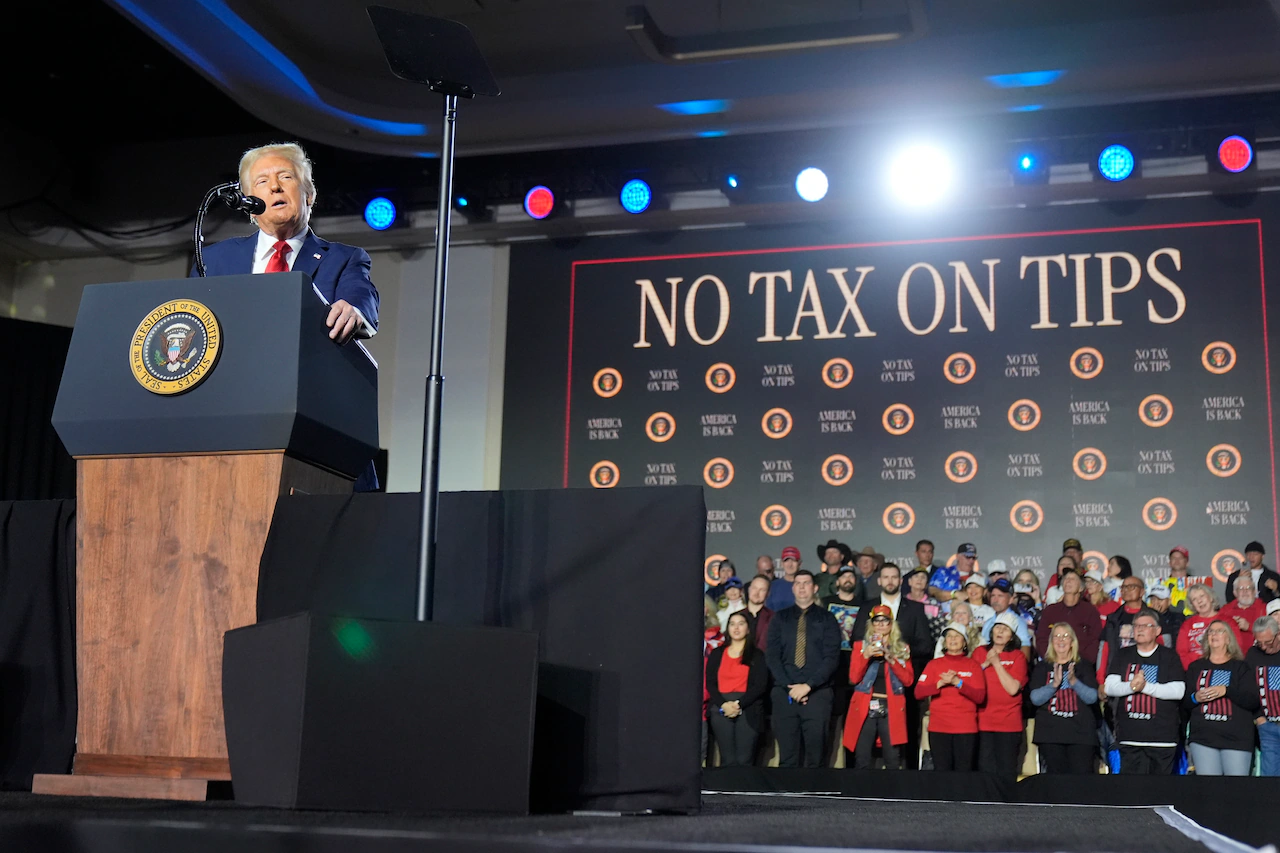By Wynna Wong
Copyright scmp

Visitors will soon be able to follow the routes taken by Chinese scholars as they escaped from Japan-occupied Hong Kong to mainland China during the second world war as part of the government’s push to promote “red tourism” in the city.
Among the 32 paragraphs Chief Executive John Lee Ka-chiu dedicated to developing culture, sports and tourism in his policy address on Wednesday was a pledge to “develop a variety of new tourist attractions”, including an initiative called “Chinese Cultural Celebrities Rescue”.
Red tourism refers to tourism products or themes significant to communism.
Following the Japanese occupation of the city on Christmas Day in 1941, locals launched a mission to evacuate prominent scholars and intellectuals, along with their families, to the mainland, eventually rescuing more than 800 individuals, including famous writers and poets such as Mao Dun and Liu Yazi.
A government source said on Wednesday the new tourism initiative would introduce the evacuation routes taken by the intellectuals, including via sea in Sai Kung and land in Tuen Mun into Shenzhen.
A ceremony launching the routes will be held next month, and students will be the first to try the tour, which includes crossing the border.
“We see a lot of potential for this to become an important part of our local educational tourism offerings,” the insider said.
Lee also included incentives for more restaurants to obtain halal certification, with authorities offering to pay for half the cost of new or renewed ones, capped at HK$5,000.
The subsidy programme began on Wednesday and will run until the end of next year.
According to the Tourism Board, 45,207 visitors from the Middle East came to Hong Kong in the first seven months of the year. Numbers for last month have yet to be updated, although the source said the total for the January to August period had increased by 40 per cent.
Lee also said Hong Kong would “promote the systemic development” of yachts travelling between the city, Macau and Guangdong as part of efforts to develop the industry.
Authorities would provide an additional 1,100 berths, with 600 spread across the former site of the Lamma Quarry, the Aberdeen Typhoon Shelter and the Hung Hom waterfront.
The remaining 500 will be at a yacht bay near the airport, including ones that can accommodate superyachts over 80 metres in length.
The source said authorities hoped to boost the industry not only through “hardware” but also “software” such as a system to allow visiting yachts unfamiliar with Hong Kong waters to navigate safely, as well as offering an online system for pre-submission of arrival information.
Authorities had also agreed with LIV Golf organisers to make Hong Kong a stop in the tournament for the next two years.
The tournament, which will again be held at the Hong Kong Golf Club, will have HSBC as a presenting partner, marking the first time in the league’s history it has had a title sponsor for one of its events.
Another government source said the tournament has been successful in attracting high-spending visitors, with the average event visitor forking out US$2,300 (HK$17,882) per trip in 2024, more than three times the amount an average overnight visitor spent.
He added the amount did not include players who often came to Hong Kong with their entire families or staff who would arrive up to three months in advance to prepare for the event and would often stay at luxury hotels.
Colliers head of research and retail Kathy Lee said the initiatives would leverage the city’s advantages and promote niche tourism.
“Integrating cultural, artistic, sports and commercial activities will help extend visitor stays, boost spending power and further stimulate growth in the retail, food and beverage, and hospitality sectors,” she said.



